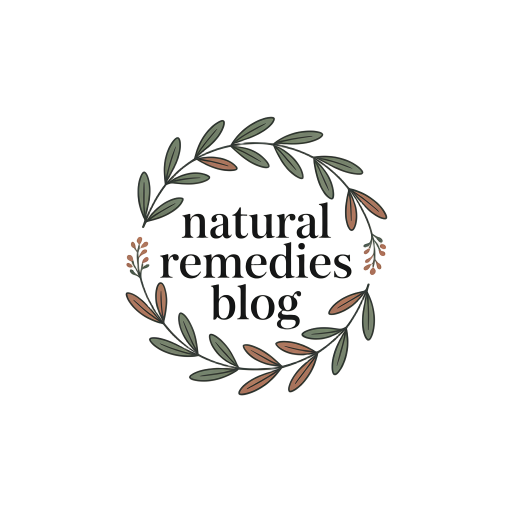Yeast Infection Relief in Hours-Try This Natural Method
For fast yeast infection relief, you’ll want to combine coconut oil with tea tree oil as a topical treatment, applying it gently to the affected area after thorough cleaning. The medium-chain fatty acids and terpenoids work together to disrupt fungal cells within hours. While applying, change into loose cotton clothing and eliminate sugary foods that feed yeast growth. Following a complete natural protocol can maximize your chances of finding comfort and preventing recurrence.
Understanding Yeast Infections and Their Symptoms
Yeast infections occur when Candida, a naturally occurring fungus in the body, grows beyond normal levels and causes an inflammatory response.
When seeking yeast infection remedies fast, it’s essential to first recognize the symptoms.
You’ll typically experience intense itching, burning, and irritation in the affected area.
A thick, white, cottage cheese-like discharge often accompanies vaginal yeast infections.
Other common signs include redness, swelling, and discomfort during urination or intercourse.
In some cases, you might notice a mild to moderate odor.
These symptoms usually develop over several days and can range from mild to severe. Additionally, noticeable symptoms such as itching that intensifies at night can disrupt sleep and signal the need for prompt treatment.
Natural Ingredients That Combat Yeast Growth
Several natural compounds have demonstrated potent antifungal properties that effectively combat Candida overgrowth.
You’ll find these powerful ingredients readily available and scientifically supported for their therapeutic effects against yeast infections.
- Tea tree oil contains terpenoids that disrupt fungal cell membranes, leading to the death of Candida organisms.
- Coconut oil’s medium-chain fatty acids, particularly lauric acid, penetrate and destroy yeast cell walls.
- Garlic’s allicin compound exhibits strong antimycotic activity against various Candida strains.
- Oregon grape root’s berberine alkaloids inhibit fungal adhesion and colonization. Additionally, natural antifungal compounds found in your kitchen can be effective in treating yeast infections.
Step-by-Step Treatment Application Method
Now that you understand which natural ingredients combat yeast infections, proper application technique becomes the key to treatment success.
Begin by thoroughly washing your hands and the affected area with mild soap and warm water.
Pat the area completely dry.
Using clean fingers or a sterile cotton swab, apply your chosen natural remedy in a thin, even layer.
For internal applications, use a clean applicator.
Repeat the treatment twice daily, preferably morning and night.
Don’t scratch the affected area, as this can spread the infection or introduce new bacteria.
Change into breathable cotton underwear after each application. Additionally, ensure that the remedy creates an acidic environment where Candida cannot survive.
Additional Lifestyle Changes for Quick Relief
Making strategic lifestyle modifications alongside treatment can greatly accelerate your recovery from a vaginal yeast infection.
While applying your chosen treatment, implement these science-backed lifestyle changes for best results:
- Switch to breathable cotton underwear and avoid tight synthetic clothing that creates warm, moist conditions where yeast thrives.
- Eliminate refined sugars and simple carbohydrates from your diet, as these feed Candida growth.
- Take a probiotic supplement containing Lactobacillus species to restore healthy vaginal flora.
- Keep the genital area dry and clean, wiping front to back, and avoid potential irritants like douches or scented products. Additionally, incorporating probiotic-rich foods such as yogurt and kefir can help boost your internal defenses.
When to Seek Medical Attention
While most yeast infections can be treated effectively at home, certain symptoms warrant immediate medical attention.
You should visit your doctor if you’re experiencing severe burning, itching, or discomfort that persists beyond 3-4 days of self-treatment.
Seek care if you notice unusual discharge colors like gray or green, or if there’s a strong fishy odor.
Other red flags include fever, lower abdominal pain, or recurring infections (more than 4 per year).
If you’re pregnant, diabetic, or immunocompromised, don’t attempt self-treatment. Contact your healthcare provider immediately, as you may need prescription medication or further evaluation. Additionally, it’s crucial to recognize that some symptoms may indicate a weakened immune system, which could require professional assessment for proper management.
